Princeton Library of Asian Translations44
-
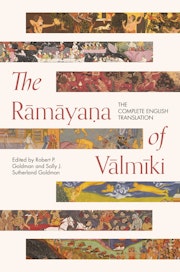
The definitive English translation of the classic Sanskrit epic poem—now available in a one-volume paperback
-
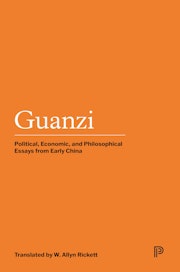
Named for the famous Chinese minister of state, Guan Zhong (d. 645 B.C.), the Guanzi is one of the largest collections of ancient Chinese writings still in existence. With this volume, W. Allyn Rickett completes the first full...
-
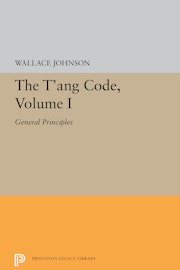
Contents include:
Preface -
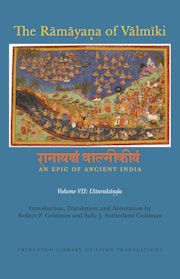
The concluding volume of a critical English edition of the monumental Indian epic
-
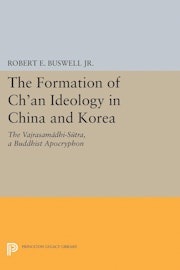
This book is a translation and study of the Vajrasamadhi-Sutra and an examination of its broad implications for the development of East Asian Buddhism. The Vajrasamadhi-Sutra was traditionally assumed to have been translated from...
-
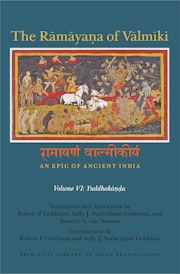
The sixth book of the Ramayana of Valmiki, the Yuddhakanda, recounts the final dramatic war between the forces of good led by the exiled prince Rama, and the forces of evil commanded by the arch demon Ravana. The hero Rama's primary...
-
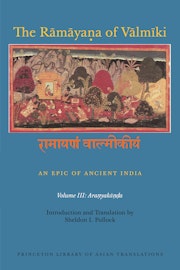
This is the third volume of a planned seven-volume translation of India's most beloved and influential epic tale--the Ramayana of Valmiki. This third volume carries forward the narrative by following the exiled hero Rama, his wife, and...
-
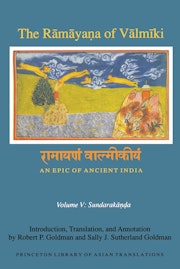
The fifth and most popular book of the Ramayana of Valmiki, the Sundarakanda, recounts the adventures of the monkey hero Hanuman in leaping across the ocean to the island citadel of Lanka. Once there, he scours the city for the abducted...
-
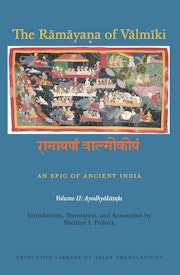
This is the second volume of a translation of India's most beloved and influential epic saga, the monumental Rāmāyaṇa of Vālmīki. Of the seven sections of this great Sanskrit masterpiece, the Ayodhyakāṇḍa is the most human...
-
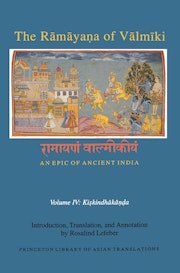
This is the fourth volume of a translation of India's most beloved and influential epic tale--the Ramayana of Valmiki. As befits its position at the center of the work, Volume IV presents the hero Rama at the turning point of his...
-
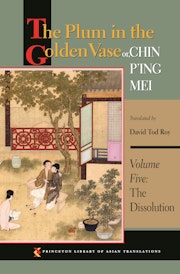
The fifth and final volume of a celebrated translation of the classic Chinese novel
-
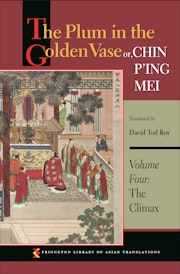
The fourth volume of a celebrated translation of the classic Chinese novel
-
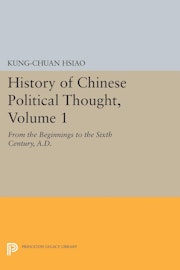
This volume launches the translation of a work that describes the development of Chinese political thought from the time of Confucius in the late Chou era into the twentieth century. The author systematically treats leading thinkers...
-
The poems of ancient Tamil are one of India's most important contributions to world literature. Presented here in English translation is a selection of roughly three hundred poems from five of the earliest poetic anthologies of...
-
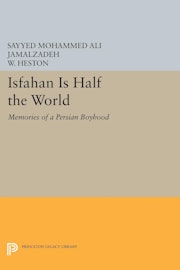
Mohammad Ali Jamalzadeh, acclaimed as the father of modern Persian short story, wrote this work. Sar o Tah-e Yak Karbas. to provide his fellow Iranians a memoir in story form of traditional Islamic life in Iran before...
-

The Wen xuan, compiled by Xiao Tong (501-531), is the oldest surviving anthology of Chinese literary genres. It was one of the primary sources of literary knowledge for educated Chinese in the premodern period, and it is still the...
-
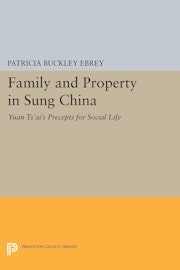
Providing the best surviving evidence of the everyday thinking of the Sung upper class, Yuan Ts'ai's twelfth-century manual is the advice of a typical educated man on the concerns of managing a family, from rearing children and...
-
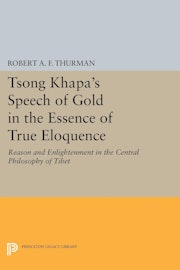
This is the first full study, translation, and critical annotation of the Essence of True Eloquence, by Tsong Khapa (1357-1419), universally acknowledged as the greatest Tibetan philosopher. The work is a study of the major schools of...
-
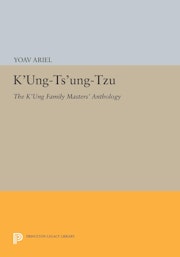
In analyzing evidence indicating that K'ung-ts'ung-tzu was a forgery, Yoav Ariel questions current views of the Confucian school in the time between the Sage's death in the fifth century B.C. and the emergence in the eleventh century of...
-
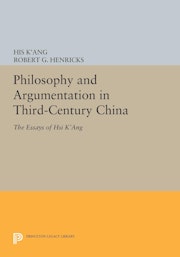
A valuable source of information on third-century Chinese argumentation and thought, the essays are eloquent, clear, and to the point; humorous at times; philosophically subtle; and psychologically perceptive. They treat matters of...
-

A Record of Buddhist Monasteries in Lo-yang (the Lo-Yang ch'ieh-lan chi) is a major document of Chinese history and literature. This translation of the sixth- century A.D. classic describes the main Buddhist monasteries and nunneries of...
-
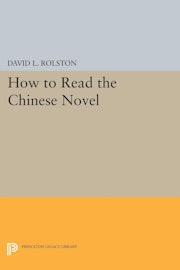
Fiction criticism has a long and influential history in pre-modern China, where critics would read and reread certain novels with a concentration and fervor far exceeding that which most Western critics give to individual works. This...
-

This book is a complete translation of Hamamatsu Chunagon Monogatari, one of the few extant works of monogatari literature of the Heian period.
Originally published in 1983. -
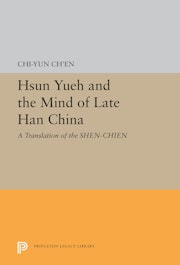
Hsiin Yiieh's Shen-chien (Extended Reflections) is one of the four major philosophical works that have survived from the later Han dynasty (A.D. 25- 220). Presented here for Western readers is an English translation by Ch'i-ytin Ch'en...
-
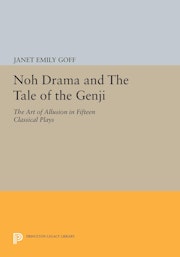
The Japanese noh theater has enjoyed a rich, continuous history dating back to the Muromachi period (1336-1573), when virtually the entire repertoire was written. Some of the finest plays were inspired by the eleventh-century...
-
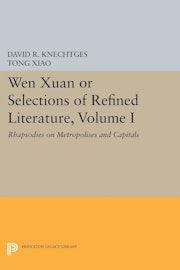
A text of central importance to the Chinese literary tradition, the Wen xuan was compiled by Xiao Tong (501-531) and is the oldest surviving anthology of Chinese literature arranged by genre. This volume, the first of a planned...
-
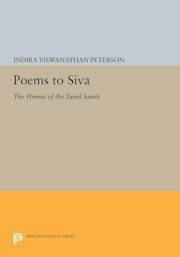
Composed by three poet-saints between the sixth and eighth centuries A.D., the Tevaram hymns are the primary scripture of the Tamil Saivism, one of the first popular large-scale devotional movements within Hinduism. Indira Peterson...
-
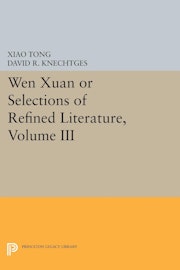
The Wen xuan, compiled by Xiao Tong (501-531) is the oldest surviving anthology of Chinese literature arranged by genre. It contains a total of 761 pieces of prose and verse by 130 writers from the late Zhou dynasty to the Liang dynasty...
-
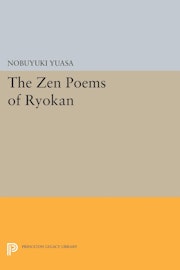
A poet-priest of the late Edo period, Ryokan (1758-1831) was the most important Japanese poet of his age. This volume contains not only the largest English translation yet made of his principal poems, but also an introduction that sets...
-
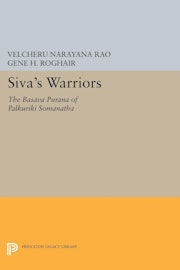
Here is the first translation into English of the Basava Purana, a fascinating collection of tales that sums up and characterizes one of the most important and most radical religious groups of South India. The ideas of the Virasaivas...
-
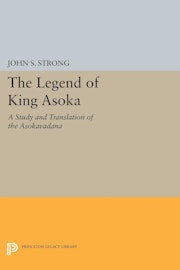
An English translation of the Asokavadana text, the Sanskrit version of the legend of King Asoka, first written in the second century A.D. Emperor of India during the third century B.C. and one of the most important rulers in the...
-
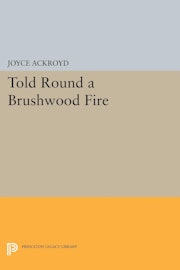
The Oritaku Shiha no Ki of Arai Hakuscki (1657-1725) was the first Japanese autobiography and is often singled out as the most outstanding. As primary source material for the first half of the Tokugawa period, it constitutes a unique...
-

Compiled by the great Neo-Confucian philosopher Chu Hsi (1130-1200), the Family Rituals is a manual for the private performance of the standard Chinese family rituals: initiations, weddings, funerals, and sacrifices to ancestral...
-
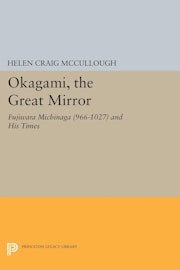
Presented here in a new and complete translation is the Japanese classic Okagami, an historical talc that mirrors a man's life and the times in which he lived. Dating from the late eleventh or early twelfth century, it focuses on...
-
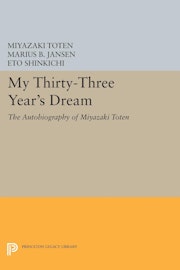
Annotated by Professors Jansen and Eto, the book illuminates the experiences of Miyazaki's generation with Western culture and the development of an Asian consciousness.
Originally published in 1982. -
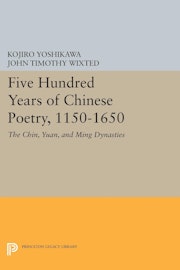
Five Hundred Years of Chinese Poetry offers the only historical survey, in any language, of this important span of Chinese poetry. Written by the foremost Japanese sinologist of this century, and translated here in a lucid analogue to...
-
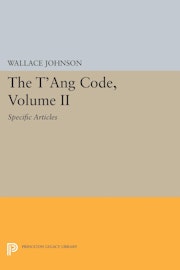
This is the second and final volume of the annotated translation of a seminal Chinese legal text. The T'ang Code, written in 653 A.D., is the most important legal text in East Asian history. Not only is it China's earliest law code to...
-
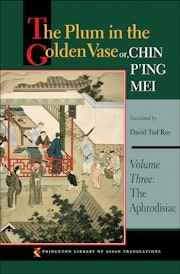
The third volume of a celebrated translation of the classic Chinese novel
-
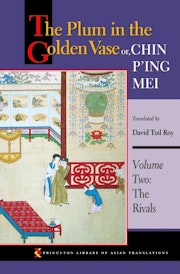
The second volume of a celebrated translation of the classic Chinese novel
-
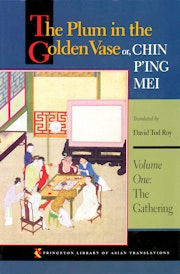
The first volume of a celebrated translation of the classic Chinese novel
-
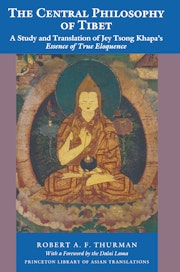
This is the paperback edition of the first full study, translation, and critical annotation of the Essence of True Eloquence by Jey Tsong Khapa (1357-1419), universally acknowledged as the greatest Tibetan philosopher. Robert Thurman's...
-
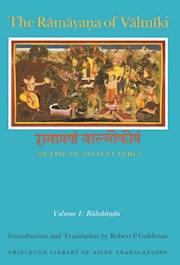
This is the first of seven volumes of a translation of the Valmiki Ramayana, the great Sanskrit epic of the life of Rama, ideal man and incarnation of the great god Visnu. This renowned work of ancient India has profoundly affected the...
-
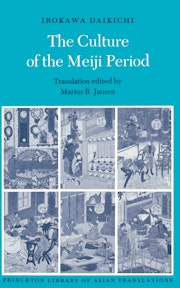
The description for this book, The Culture of the Meiji Period, will be forthcoming.
-

This annotated translation is the first systematic rendering into any Western language of the nine major treatises on the art of the Japanese No theater by Zeami Motokivo (1363-1443). Zeami, who transformed the No from a country...